Controlling pests and diseases in banana plants using organic methods is essential for sustainable and environmentally friendly banana cultivation. Here are some organic techniques you can use:
Cultural Practices:
Crop Rotation: Avoid planting bananas in the same location year after year to reduce the buildup of soil-borne diseases and pests. At least Rotate the field every 15 to 30 years.
Companion Planting: Plant companion plants that deter pests or attract beneficial insects. Marigolds, basil, and mint are good options.
Proper Spacing: Plant banana plants at the recommended distance to allow for good air circulation and reduce the risk of disease spread.
Healthy Soil Management:
Organic Matter: Maintain soil health by adding organic matter like compost or well-rotted manure. Healthy soil promotes strong, disease-resistant plants.
Mulching: Apply organic mulch, such as straw or leaves, around banana plants to conserve moisture and suppress weeds.
Natural Predators and Beneficial Insects:
Encourage Biodiversity: Create an environment that attracts beneficial insects like ladybugs, lacewings, and parasitic wasps. Avoid using broad-spectrum pesticides that harm these insects.
Birds and Frogs: Encourage birds and frogs in your garden, as they can help control pests.
Neem Oil:
Neem oil is an effective organic pesticide. It can help control aphids, mealybugs, and other common banana pests. Dilute it according to the manufacturer's instructions and spray it on the affected areas.
Homemade Remedies:
Garlic and Chili Spray: Blend garlic and chili peppers with water, strain the mixture, and use it as a spray to deter pests.
Soap Solution: Mix mild, organic liquid soap with water to create a solution that can be sprayed on banana plants to control aphids and mites.
Biological Control Agents:
Consider introducing beneficial insects or nematodes that specifically target banana pests. Consult with local agricultural authorities or experts for guidance.
Disease-Resistant Varieties:
Choose banana varieties that are more resistant to common diseases in your region.
Pruning and Sanitation:
Regularly remove and destroy diseased or infested plant parts to prevent the spread of diseases and pests.
Neem tea:
Create a home made spray by boiling neem leaves with water. Strain the mixture and use it to deter and destroy a wide range of pests and fungal infections.
Aloe Vera liquid:
Create a home made spray by getting 5 to 10 leaves of Aloe vera, then chop them into tiny pieces to expose the gelly to mix with water. After 2 hours strain the mixture and use it to deter and destroy a wide range of pests and fungal infections.
Liquid soap and cooking oil spray:
Create a home made spray by mixing equal quantities of cooking oil and liquid soap (any brand of your choice), then shake the mixture until it looks yorgurt like and later get 50ml of the mixture and add to a 16L knapsack sprayer. Mix with water and use the mixture to deter and destroy any type of pests. Spray daily until the pests are gone.
|

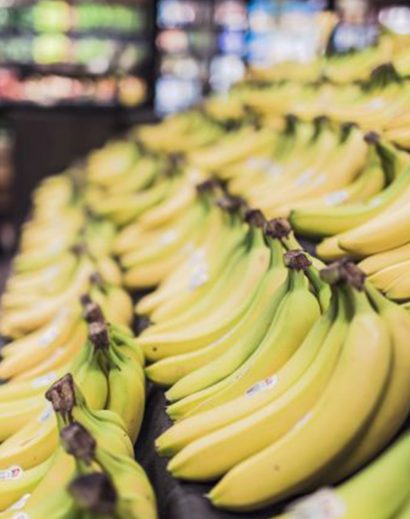
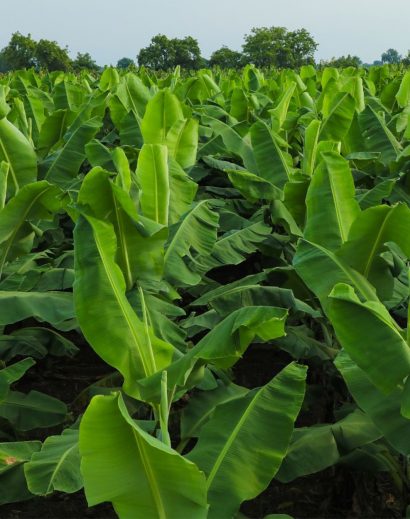
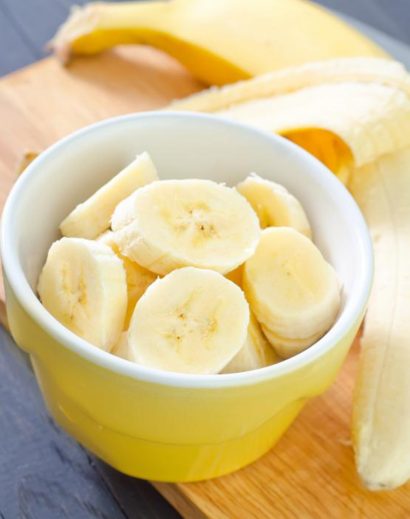
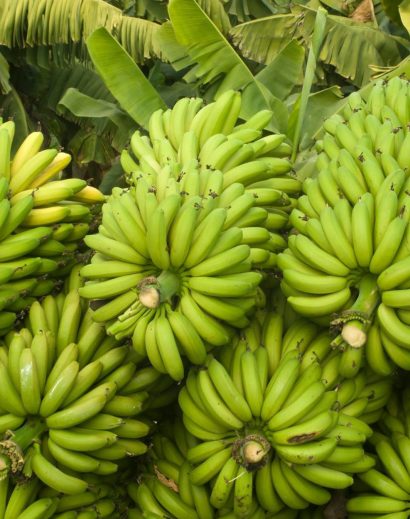
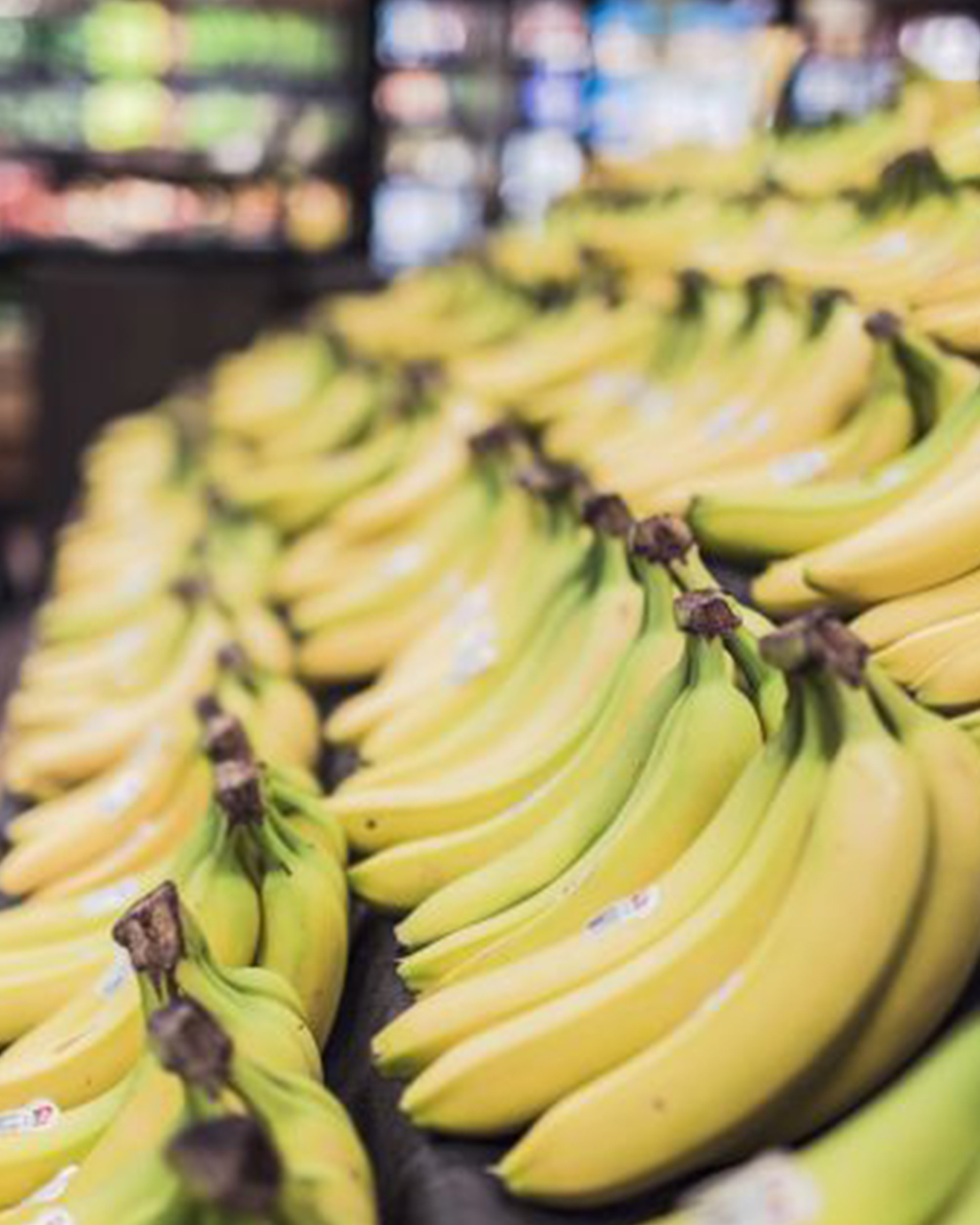
Reviews
There are no reviews yet.